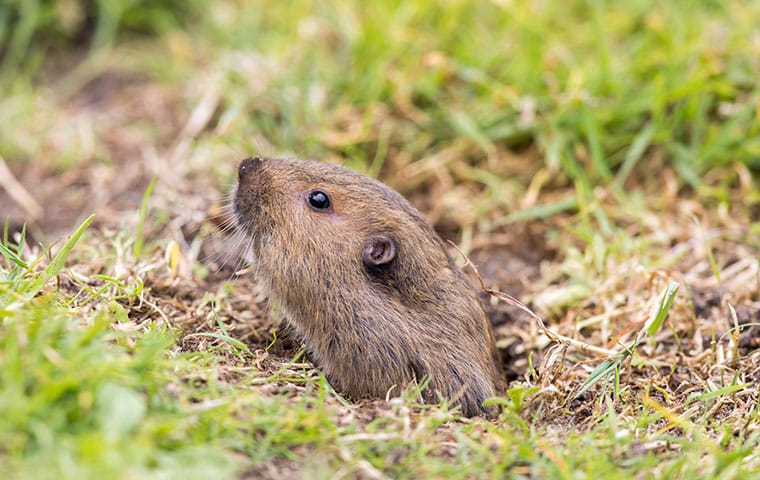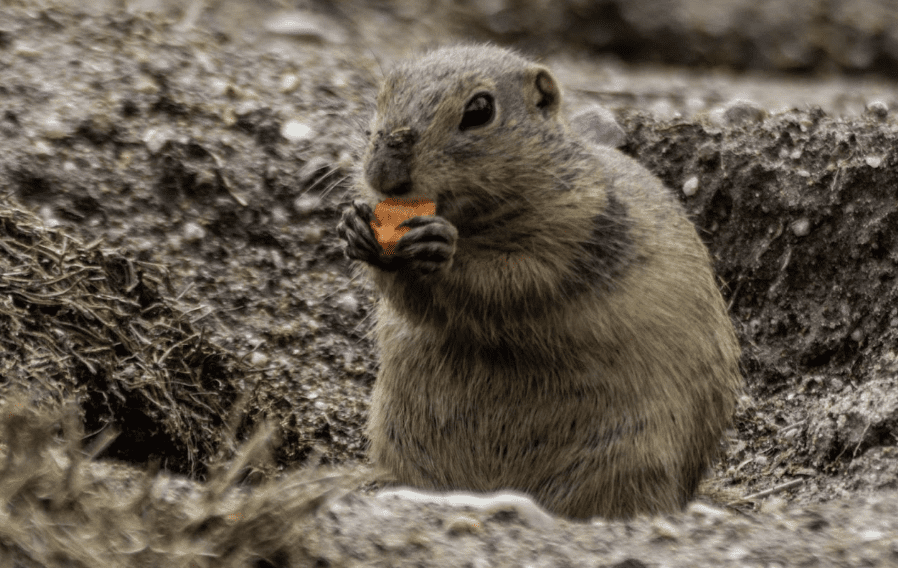Ultimate Pest Control Solutions for Tackling Persistent Gopher Infestation Issues
In the realm of pest control, gophers provide a special difficulty due to their relentless nature and harmful behaviors. By exploring a comprehensive method that incorporates understanding gopher actions, using specialized trapping methods, utilizing repellents, and adopting long-lasting avoidance tactics, a path towards effective gopher management emerges.
Recognizing Gopher Actions Patterns
Examining gopher habits patterns offers useful insights into their practices and preferences, assisting in the advancement of effective pest control techniques. Recognizing exactly how gophers act is critical in developing successful pest management strategies.
Gophers are burrowing rodents known for their considerable tunneling tasks. gopher yard damage. By observing their habits, scientists have actually discovered that gophers are territorial animals, with each gopher typically populating its own passage system. These tunnel systems serve various purposes, consisting of nesting, food storage space, and defense from killers
Additionally, gophers show specific feeding patterns, preferring origins, roots, and various other underground plant parts. By comprehending their dietary choices, parasite control experts can strategically lure traps or carry out repellents that target these food sources, properly minimizing gopher populaces.
Moreover, gophers are most energetic throughout particular times of the day, generally morning and late mid-day. This understanding can help in organizing parasite control tasks for optimum efficiency. Generally, a detailed understanding of gopher actions patterns is important for carrying out targeted and reliable parasite control steps.
Efficient Catching Strategies
When dealing with gophers, traps are a humane and effective method for control. One of the most typically utilized catches is the box catch, which catches gophers alive so they can be launched in other places. It's vital to inspect traps frequently to ensure trapped gophers do not suffer and to get rid of recorded gophers quickly.
Making Use Of Deterrents and repellents
To complement the effectiveness of trapping techniques in managing gopher problems, homeowner can explore the utilization of repellents and deterrents as additional tools in their pest control collection. Repellents function by producing odors or tastes that gophers discover undesirable, driving them far from treated locations. Typical repellents consist of castor oil-based items, killer pee, and garlic-based sprays. These repellents create an obstacle that discourages gophers from getting in yards or digging up lawns. Deterrents, on the other hand, aim to make the environment less eye-catching to gophers by utilizing resonances or appear to simulate killers or develop disturbances that make the location unwelcoming for gophers. Solar-powered devices that produce sonic pulses or shaking risks can help discourage gophers from working out in specific places. When including repellents and deterrents right into a pest control technique, it is this page necessary to follow application directions meticulously and on a regular basis reapply the items to preserve their performance in preventing gophers from creating damages to residential or commercial properties.
Implementing Natural Control Methods

Gopher catches can be positioned purposefully in energetic tunnels to catch and get rid of the bugs. These catches are a humane method to regulate gopher populaces without resorting to toxin or dangerous chemicals. By incorporating these natural control techniques, it is possible to successfully take care of relentless gopher invasions in an environmentally friendly fashion.
Incorporating Long-Term Avoidance Methods
To establish long-term control over gopher problems, it is vital to include proactive measures that focus on avoiding future incidents. Executing lasting prevention strategies can substantially lower the probability of gopher re-infestations.
One more critical facet of long-term avoidance is keeping a clean garden or yard. Gophers are drawn in to locations with abundant food sources like origins, light bulbs, and plants. By maintaining plants well-trimmed and removing excess debris, you can make your building less attractive to gophers. Practicing proper waste administration by disposing of click here to find out more organic materials without delay can help hinder these parasites from taking up house on your land. By integrating these aggressive steps right into your parasite control approach, you can produce a hostile setting for gophers, eventually minimizing the likelihood of future invasions.

Conclusion
To conclude, addressing gopher infestations needs a thorough approach that integrates trapping strategies, repellents, natural control methods, and long-lasting prevention techniques. By understanding gopher actions patterns and utilizing a combination of these options, property owners can properly take care of relentless invasions and stop future events. It is very important to Read More Here consistently keep track of and preserve these bug control actions to make certain a gopher-free setting.
By checking out a detailed technique that encompasses understanding gopher actions, using specialized capturing approaches, utilizing repellents, and adopting long-lasting prevention tactics, a course in the direction of effective gopher management arises. By observing their behavior, researchers have found that gophers are territorial animals, with each gopher typically populating its very own passage system. It's vital to check traps frequently to make sure trapped gophers do not suffer and to remove recorded gophers quickly. Deterrents, on the various other hand, goal to make the atmosphere less eye-catching to gophers by using vibrations or sound to mimic predators or produce disruptions that make the location inhospitable for gophers. Additionally, planting certain plant life that gophers dislike, such as castor bean plants or gopher spurge, can act as a deterrent.